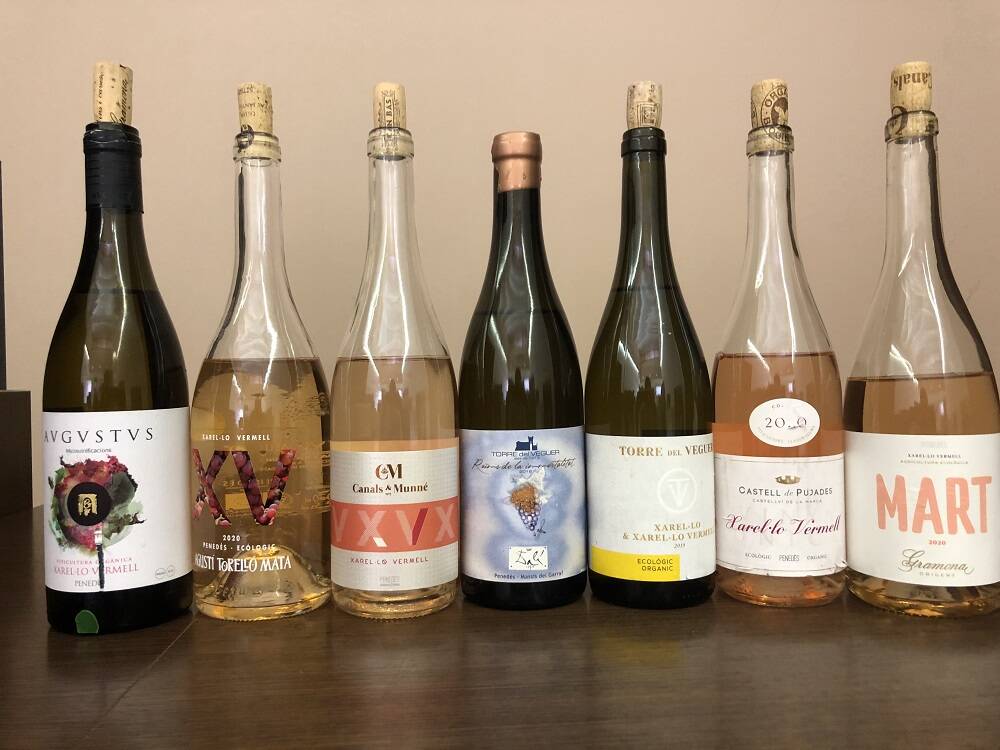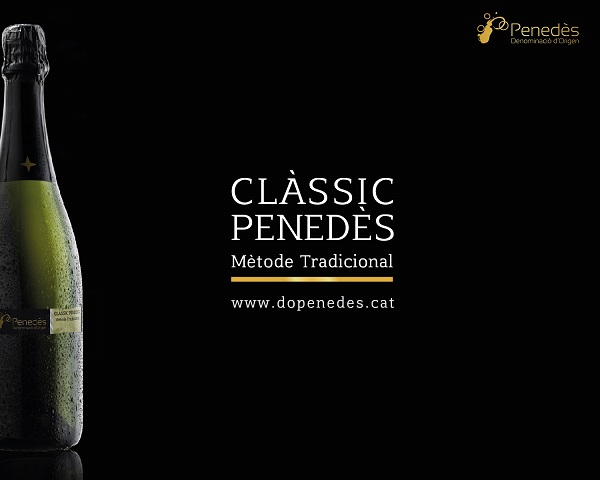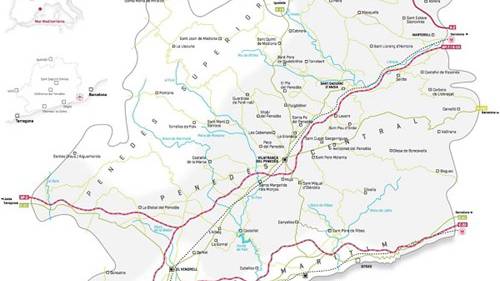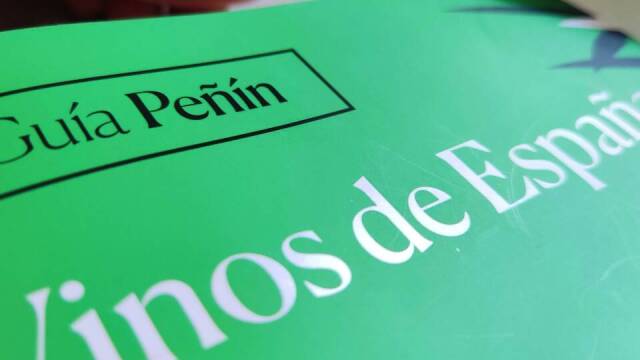Since the beginning of the reconversion of the Penedès in the 1990s, much has changed in the appellation and, most importantly of all, in its wines. What was at the time a complex and uncertain move has turned out to be not only necessary, but also timely and successful. The Penedès of today has nothing to do with the Penedès of yesteryear, an evolution that can be seen especially in the quality of its white wines.
The tastings of Penedès wines by the Peñín Guide team, which will soon be published, are divided into five blocks according to their nature: reds, rosés, whites, sparkling and sweet wines. We usually start the tasting with the reds instead of the whites, a ritual closer to Anglo-Saxon tastings than to the Spanish style. In this manner, starting with the reds brings us closer to the old Penedès, a viewpoint from which we see part of a past centred on red wines, generally not very representative and original, with very structured wines, somewhat warm and ripe, and with grapes so lacking in subtlety for the area such as Tempranillo, Merlot or Cabernet Sauvignon.
This first part of the tasting generated a feeling of discouragement among the tasters, because although the wines are generally well made, they reveal a universe of local reds that is not very representative and diverse. Classical, sometimes excessive ageing and herbal notes accentuated by the heat often appear in some of the wines, creating a very uninspiring and, above all, unrepresentative picture of the growing area.
There are vineyards of red varieties that are produced with delicacy and care, transporting us to Bordeaux-like elaborations of Mediterranean style, where they manage to tame the climate with elegant and sophisticated wines. Winemakers such as Torres, Albet i Noya, Plana D'En Jan Microvinificaciones or MontRubí show us the qualitative ceiling of red wines here, a ceiling that few wines are capable of reaching. The low percentage of these quality brands in the overall computation of the best red wines of the area confirms that it is more complicated to achieve it. Bodegas Torres, aware of the red limitations in the area and the terrible effects of climate change on the grapes already planted, undertook years ago an ambitious project to study and recover ancestral Catalan varieties, some of them native to the Penedès, which can already be seen in some wines, like the moneu variety in its Clos Ancestral 2019 coupage wine. It will be interesting to see their future development in the area, as in some way it could lead us to a new scenario that has not yet been contemplated.
Xarel.lo, xarel.lo vermell and macabeo setting the pace
In this renaissance of the Penedès, several aspects were promoted. On the one hand, a high-volume production model was abandoned in favour of a smaller, more sustainable one that would allow wines to be sold at higher prices. On the other hand, a global conversion towards organic production was undertaken and, above all, the main focus of the wines was centred on white wines.
The Penedès white grape has always been the dominant grape in the area. Let's remember that we are at the heart of the Cava production axis in Spain, so their commitment to white grapes was a natural and effective transition, as there was no need to uproot and replant. At this point, the two most widespread local varieties were xarel.lo and macabeo, and of these two, xarel.lo offered the most possibilities at a technical level due to its excellent ability to express itself. The evolution of xarel.lo wines in the region has been frankly interesting, as Catalan winemakers have had the audacity to try it in many different ways. This led us to see the first still wines with a noticeably oxidative style in Spain, a style in whites that spread to other areas such as Priorat. But, what are the xarel.los from Penedès like today?
It is interesting to see that different interpretations of xarel.lo coexist in the D.O. The less risky ones opt for conventional winemaking, showing fruit and some dried flowers, with a medium bitterness that makes them very gastronomic. These wines are capable of reflecting an interesting Mediterranean character, but they still remain on the surface by not delving deeper into the complexities of ageing. Indeed, many winemakers have gone further and have successfully transformed these fresh, Mediterranean wines by bringing them closer to slightly oxidative wines, with wider mouths and more evolving nuances that allow them to enhance their flavour and persistence.
We are talking about wines that play with long ageing, especially in the bottle, and that evolve in a very interesting and different way to what we can see in other parts of Spain. Different aromas and flavours. This path brings them closer to the consumers of special wines, the place where the most expensive wines live. The place where every good winemaker wants to be.
This path towards excellence and differentiation does not depend exclusively on the xarel.lo, as initially thought. The restless character of the Penedès winemakers has allowed them to evolve to other white wines such as the macabeos, still scarce but very interesting, such as the Camp del Cuc 2017 from Plana D'En Jan Microvinificaciones and the xarel.lo vermell, a white grape with coloured pulp that leaves wines with a pinkish colour, although they are officially labelled as white wines.

 Log in
Log in








